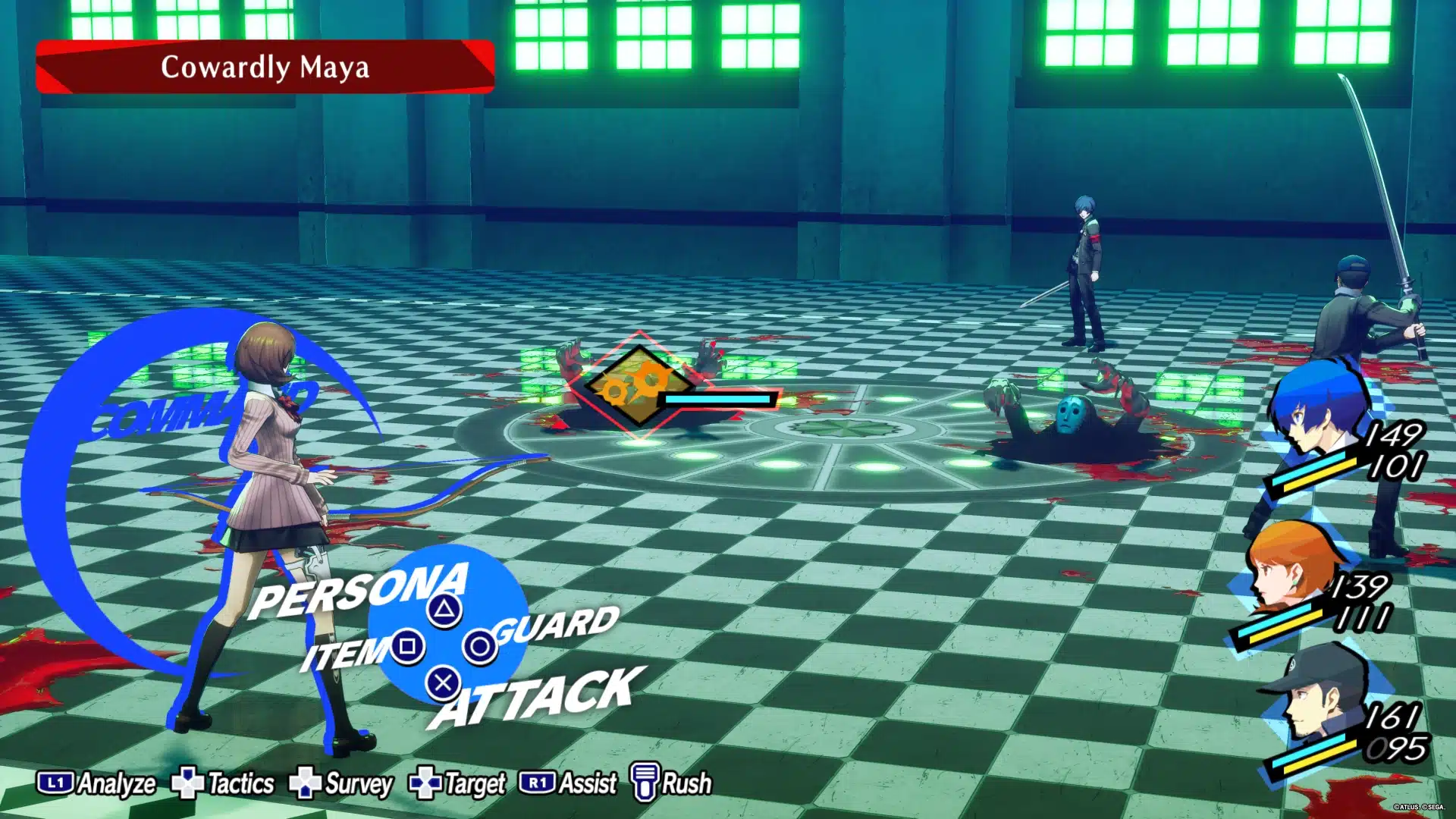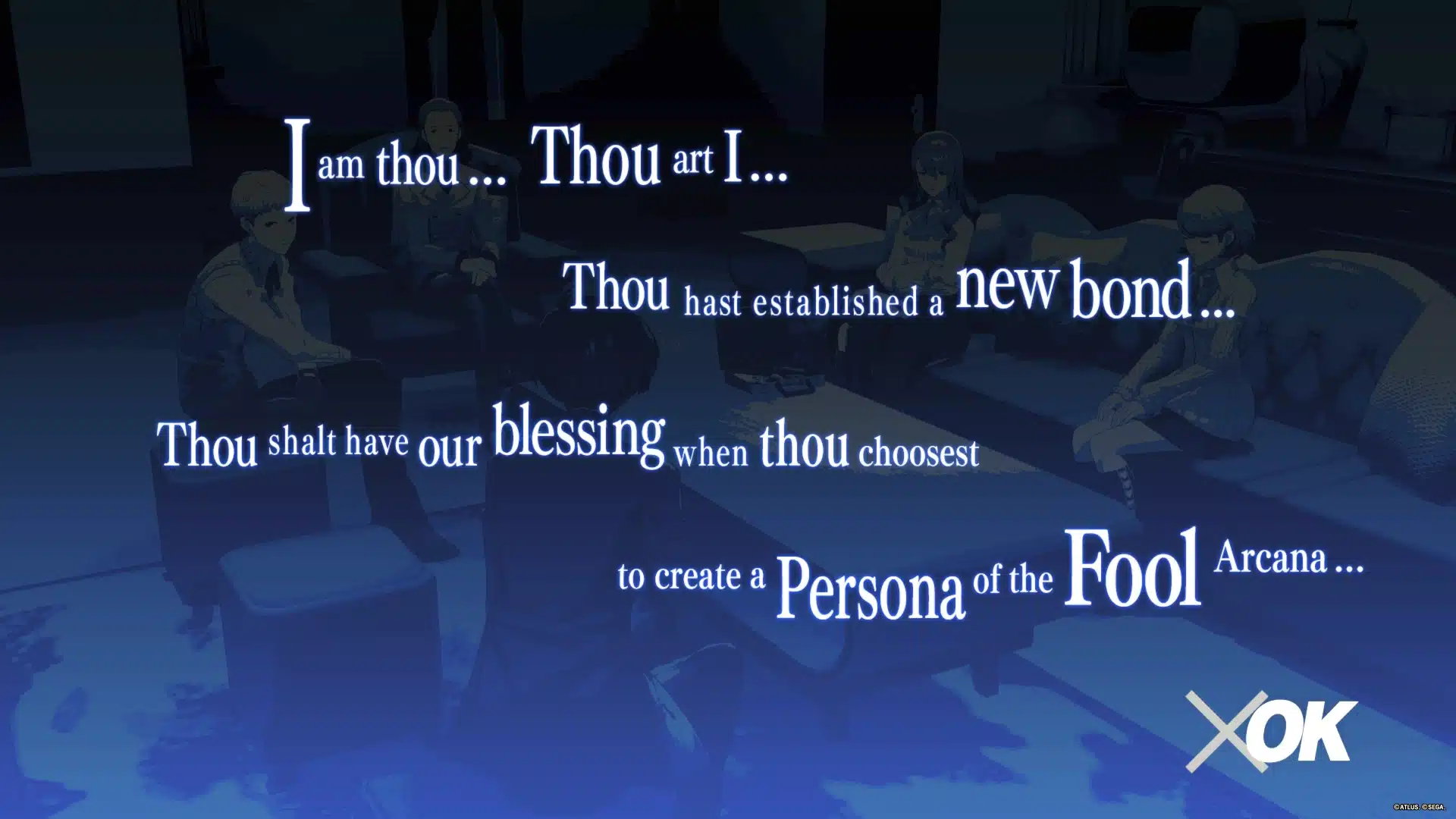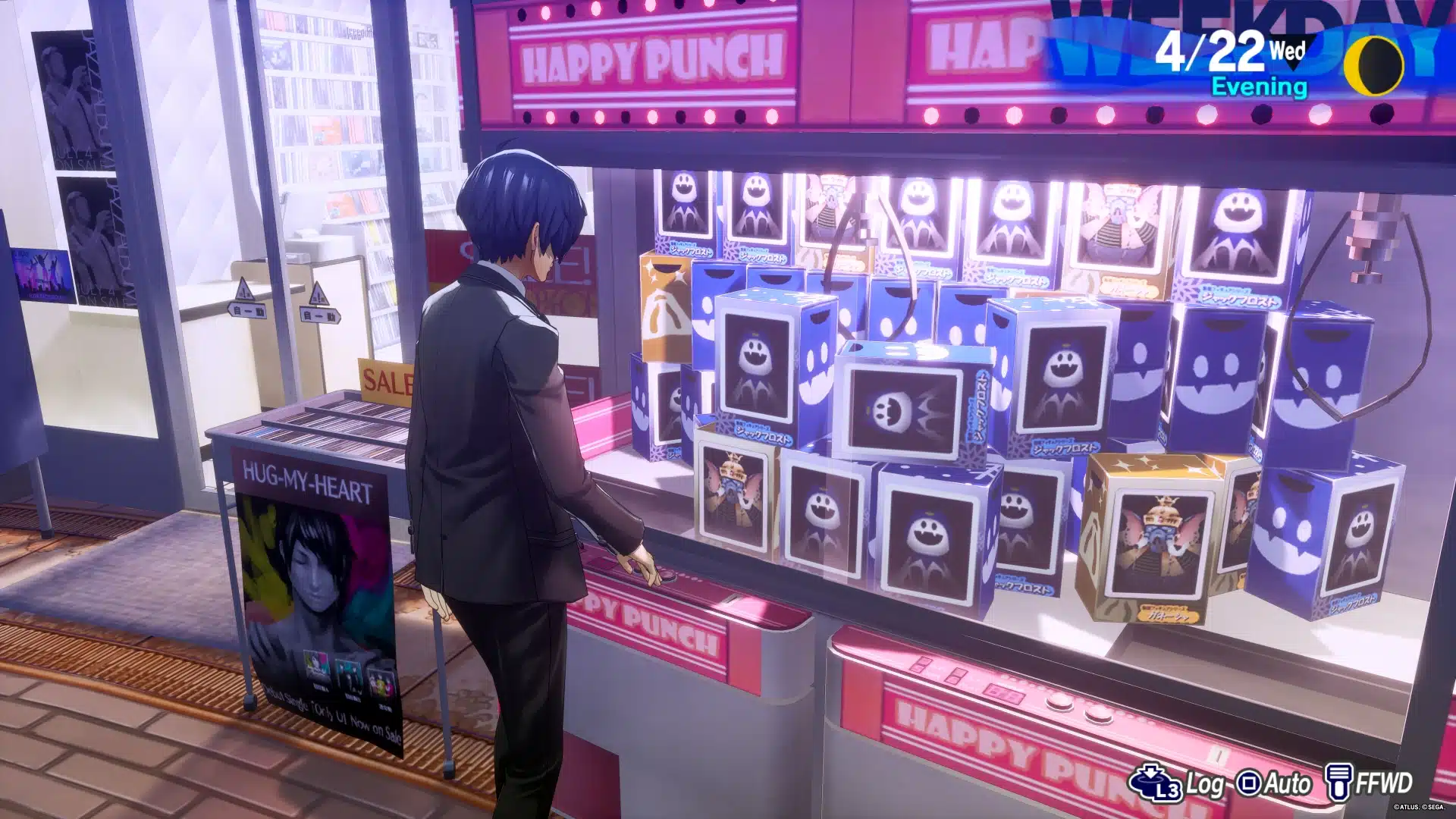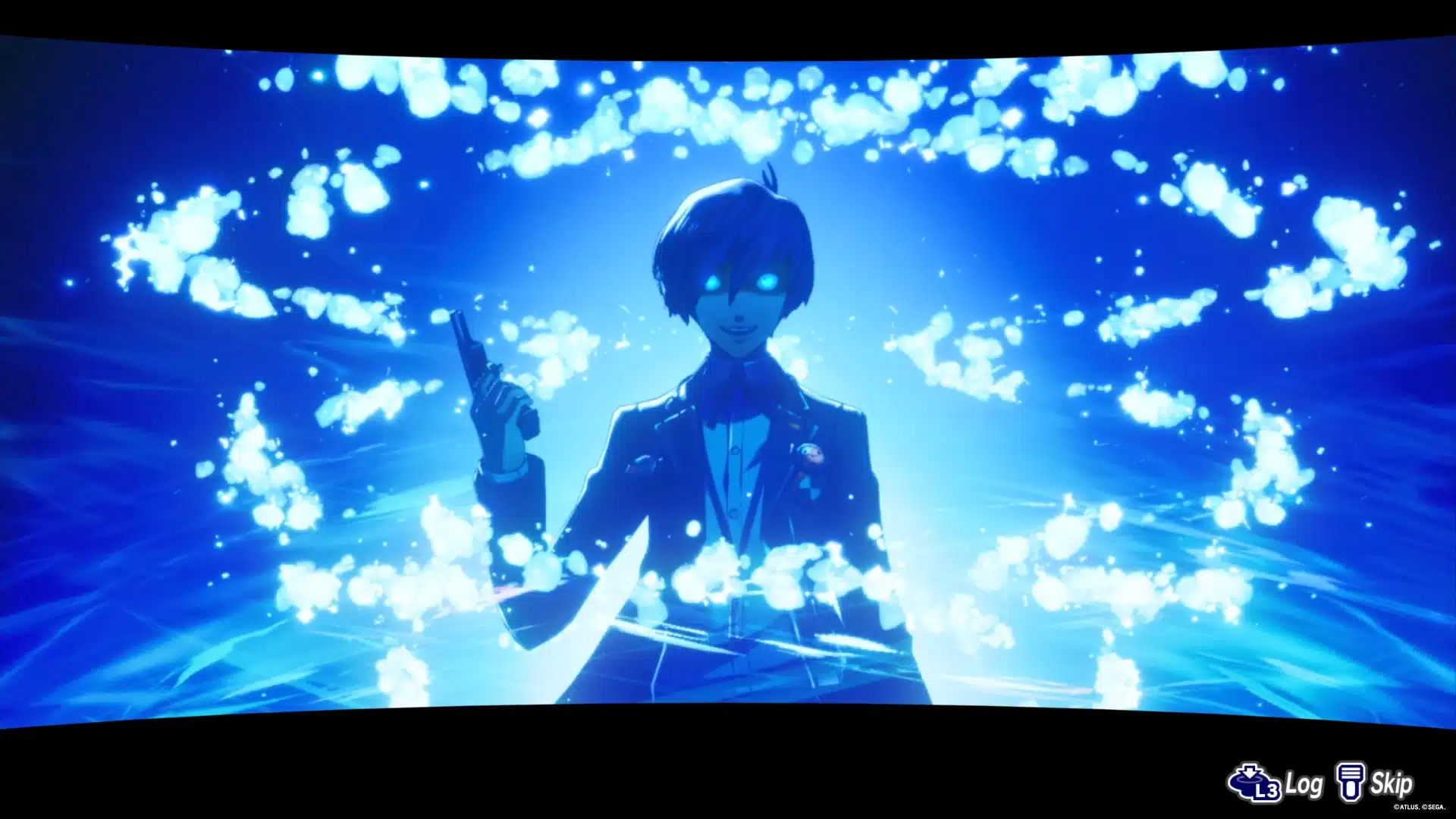Persona 3 originally released all the way back in 2006 in Japan, and 2007 in North America. Some of you may not have even been born when it released 18 years ago. Here we are, three full console generations later, with the Persona 3 Reload remake. Has time been kind to this old classic JRPG, or should we have left it in the past? Our review reveals all.
Hums Along Nicely
The Unreal Engine 4 runs the show, which is just fine for a game with roots this old and with so many platforms to target as it’s available on PlayStation 4/5, Xbox One/Series, Windows, and even the Switch. No matter what you play on, you’ll be treated to a cel-shaded delight, as it features a semi-modern setting in an industrious port city in Japan. It looks great on a 4K display, and runs smoothly no matter what’s going on in-game. There are no graphics settings to toggle on the PS5, so it simply runs as well as it can. There’s never more than a handful or so of characters on-screen at any given moment, so it doesn’t seem very taxing and should also run on last-generation consoles without much of a hiccup. Load times are quick, and outside of vibration, no DualSense-specific features are used.
2006 was such a long time ago, but it was also the heyday of extremely lengthy single-player campaigns. Persona 3 Reload will take most people around 50-70 hours to complete the main story, with 100% runs taking perhaps 100 hours. It’s a large commitment, something many gamers may not be ready for if they’ve been brought up on games with play times that are typically much, much shorter. The story also take a bit to really get going, but once it does you’ll be enjoying your time fighting, socializing, studying, and even working. There’s always something to do, some new stat to pump up, money to earn, people to talk to, Personas to fuse or summon, or class to attend.
The Tartarus, the name of this entry’s dungeons, has been left largely as it was almost 20 years ago. Progression is made by clearing floors of enemies, with occasional boss fights and other surprises thrown in. Characters can no longer get too fatigued to continue, so if you’re on a good run you can keep the fighting going for as long as you can keep your team alive (or until you reach a story-driven block of progress). There are also new breakable effigies that occasionally contain helpful items.

Control Your Destiny
One sore spot for many players with the original Persona 3 release was the insistence of having the CPU control all other characters during fights. 18 years later, this has been rectified. Now, by default, you control all party members, with an option to have them act on their own if you really feel like they will do their part. For those of us in a rush, maybe automating teammates will help. Of course, being able to control every action performed by your team means any failures are purely your own.
Persona 3 Reload is one part time management social simulator, one part turn-based RPG, one part card collecting. Your character, who has a canon name of Makoto Yuki (but whom you can name whatever you like), is an orphaned teenager who has been transferred to the Gekkoukan High School as s second year student. Fairly early on, Yuki’s special ability is revealed – he is aware of something known as the Dark Hour, which exists as an extra hour beginning at exactly midnight each evening. During this time, people who are not gifted with the ability to sense this parallel world turn into coffins. Meanwhile, entities known as Shadows prowl the world during this time, hunting anyone not in a coffin. Not only can Yuki perceive this period of time, but he can also summon Personas – manifestations of his psyche which are summoned using a gun-like object called an Evoker. This part of the game will perhaps shock those of you who didn’t play the original game, because the only way anyone can summon their Personas in this world is by shooting themselves in the head. The Evoker doesn’t harm the user, but at the same time it does look like they’re shooting themselves. There’s a trigger warning each time the game is launched, and outside of the first time the protagonist summons his first Persona, the action is performed while the camera is decently zoomed out. It’ll still be a bit of a shock for anyone unaware of how the summoning system works.

Unbreakable Social Links
A major component of the social simulation side of Persona 3 Reload is Social Links. These are bonds that Yuki forms with not only fellow members of the SEES (Specialized Extracurricular Execution Squad, who invite him into their ranks when his potential is made abundantly clear), but also his regular classmates. The stronger these bonds get, which take the form of Major Arcana in the Tarot system, the more effective Personas of the same Arcana will become. For example, talking with a track team member after joining the team will usually improve the rank of the Chariot Arcana, which means any Chariot-type Personas will have increased stats. In a welcome change to Reload, Social Links can no longer be broken, meaning even if you choose a response that upsets another character, you can still progress their Social Link.
These Personas can also be fused together, in a special room that only Yuki can access called the Velvet Room. While both Personas are sacrificed during this process, they fuse into a more powerful, new Persona which can inherit a couple of abilities of the source Personas. There are a lot of Personas to acquire either naturally as the story progresses, or by force in using fusion. They each have their uses, and there are few fillers.
There are several combat-related changes that Reload introduces. Taking a cue from Persona 5, Persona 3 Reload now has a new mechanic called “Shift.” This is basically the baton pass from 5 by another name. If one character manages to knock down an enemy by using an attack of a type that the enemy is weak against, then the option to give someone else the next attack opens up. This can help to better manage SP between characters, and makes performing the All Out Attack a bit easier. Shuffle Time, which rewards victory with a random card, now lets you choose between a small selection each time.

Extracurricular Activities Abound
Beyond the combat tweaks, there are now extra activities to partake in within the school dorms, such as watching rented movies, reading books, gardening, cooking, and more. The soundtrack has been revamped, and includes some catchy remixes that fans of the original are sure to enjoy. Though, the music is genuinely enjoyable on its own merits. Speaking of audio, while the Japanese voice cast has remained the same as in the original, the English dubs feature brand-new voiceover artists. If you play JRPGs with the English voices, then perhaps this is a welcome change, but it might be jarring if you played the original with that option. Finally, one last thing to note: there is no content from the FES release, nor is there a female protagonist. According to Producer Ryoma Niitsuma, these decisions were made so that the team could focus on recreating the Persona 3 experience, as in the base game. Whether we’ll see DLC with this missing content down the line, or one or two more remakes in the future remains to be seen. With Atlus’ track record, the latter option is far more likely to occur.
If Persona 3 Reload could be summed up in one word, it might be cozy. Now, this is perhaps a strange take when you consider this game deals with subjects such as death, shooting yourself in the head, and the end of humanity. But in practice, so much of the game is socializing, running around high school, studying, and other concerns that you quickly get into routines outside of combat that feel familiar, and nostalgic. For those who played the original, that nostalgia will likely hit the hardest, and on a cold, rainy winter day, Persona 3 Reload will bring a lot of happiness in getting that grind in.
Persona 3 Reload is a great remake for fans of the original, and remains approachable for newcomers to the series. While some tedium can be encountered in some of the dungeon segments, it’s almost expected for a turn-based RPG such as this. Besides, the social aspects break up the fighting often enough that there’s always something else to do if you’re done grinding. With a play time in the 50-70 hour range just for the main campaign, expect this one to take you well into the year unless you have a lot of spare time on your hands. After almost two decades, this is a nice jumping in point for Persona newcomers, and a lovingly-crafted remake for fans.
Score: 9/10
Pros:
- Entertaining story, even if it’s slow to start
- Tons to do, only so much time to do it in
- Some modern touches are appreciated
Cons:
- Dungeon crawling can still get tedious
- No FES or Portable content
Persona 3 Reload review code provided by the publisher. You can read MP1st’s review and scoring policy right here.

